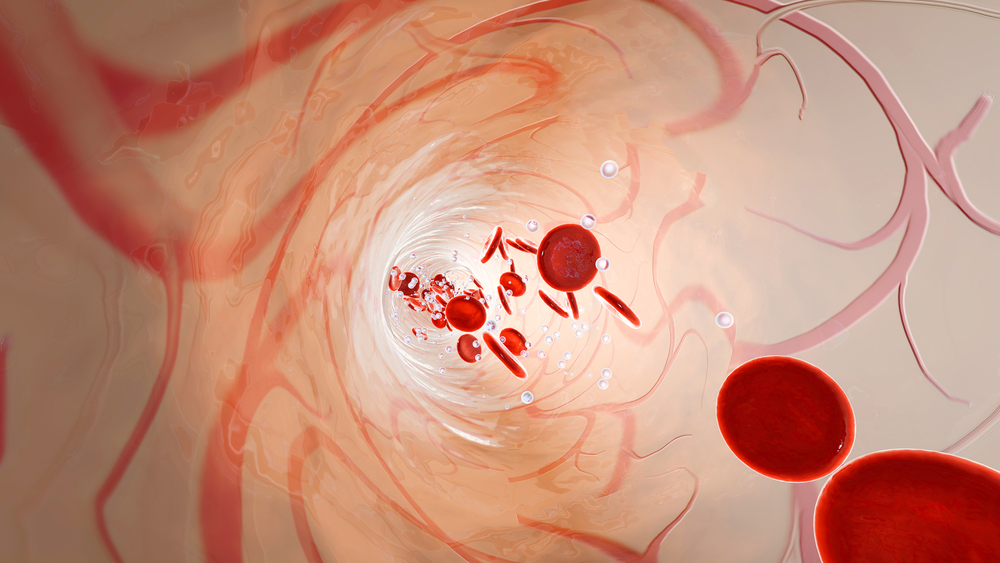Low Levels of Enzyme Lead to Calcium Deposits in Hypoxic PAH, Animal Study Shows

Deficiency of an enzyme called granzyme B leads to deposits of calcium in pulmonary blood vessels, contributing to the defects found in hypoxic pulmonary arterial hypertension (PAH), an animal study suggests.
The study, “Granzyme B deficiency promotes osteoblastic differentiation and calcification of vascular smooth muscle cells in hypoxic pulmonary hypertension,” was published in the journal Cell Death & Disease.
Hypoxic PAH, characterized by low oxygen levels and high blood pressure, is caused by changes in the blood vessels of the lungs, including a buildup of calcium — or calcification – which has been reported in 13 percent of pulmonary hypertension patients. These calcium deposits increase the blood vessel’s stiffness and consequently arterial pressure.
In this study, researchers investigated the level of vascular calcification and the underlying mechanisms of this phenomenon in hypoxic PAH.
After inducing PAH in two rat models — one with the disease induced by chronic hypoxia and other by treatment with monocrotaline — they observed that both had increased deposits of calcium in their vessels.
They then used a series of different chemical inhibitors and found that store-operated calcium channels — calcium channels located at the membrane of virtually all cells — were the main source of calcium deposits under hypoxia.
Inhibiting the store-operated calcium channels significantly decreased calcification of pulmonary arterial smooth muscle cells, the contractile cells at the medial layer of the vessel wall.
Researchers also found that deficiency of an enzyme called granzyme B, commonly released by cytotoxic immune cells to kill virus-infected and tumor cells, is a key regulator of pulmonary arterial calcification.
Lung samples from chronic hypoxic rats showed low levels of granzyme B, and increasing this enzyme’s expression in vitro in pulmonary arterial smooth muscle cells under low oxygen conditions decreased calcification. This effect, researchers found, was mediated by the enzyme’s action on the cells’ store-operated calcium channels.
Confirming the in vitro results, increasing the expression of granzyme B in mice who were exposed to low oxygen for three weeks — a model of chronic hypoxia — led to a decrease in both vascular calcification and progression of hypoxic PAH.
“Identifying the main localization and the underlying mechanisms of the basic calcification process in HPAH [hypoxic PAH] is of great importance in searching for the therapeutic target for HPAH,” the researchers wrote.
These findings suggest that granzyme B plays a key role in protecting vessels from calcification and is a potential target for hypoxic PAH treatment.







